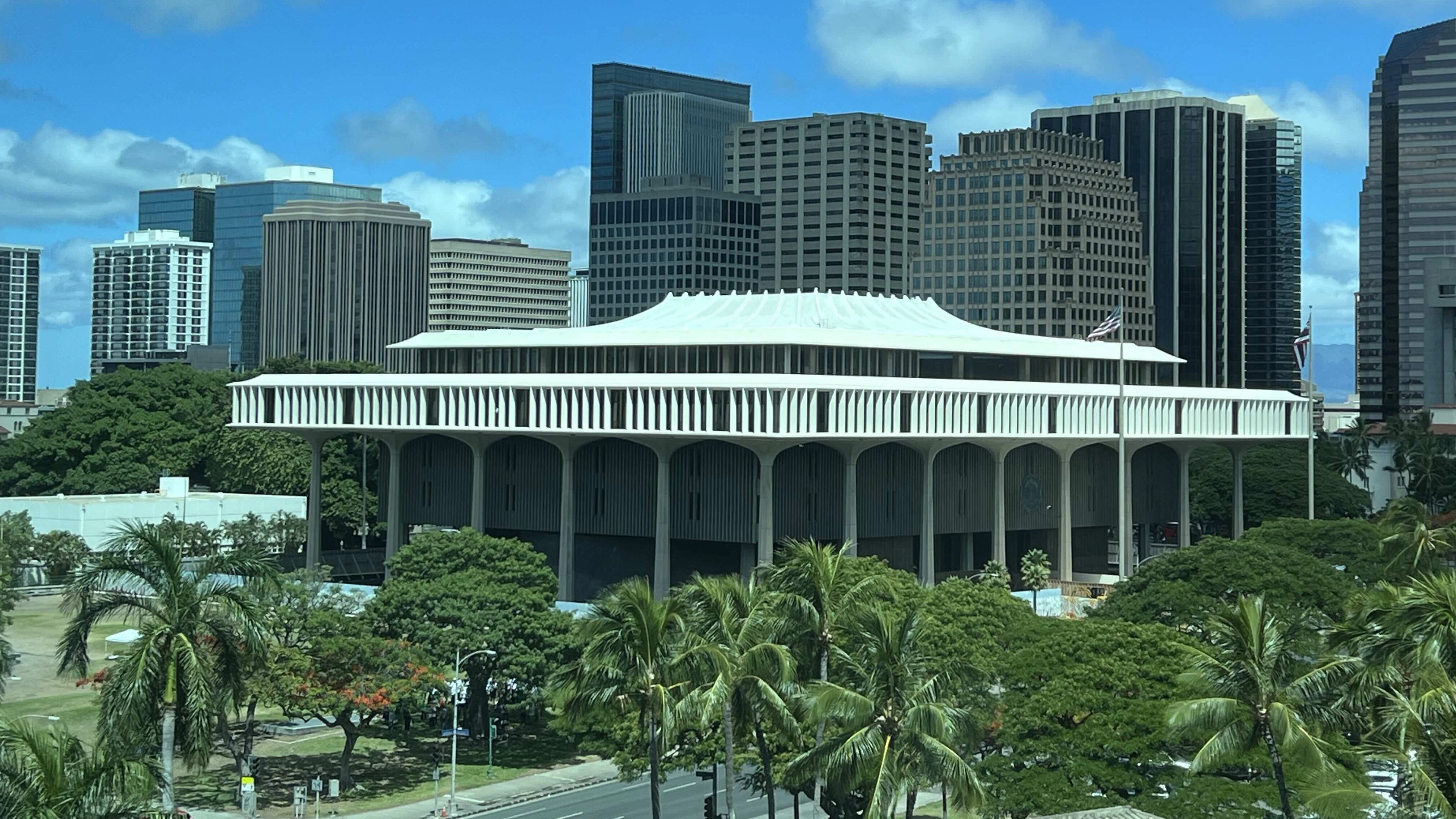Maui County was forever changed two years ago when wildfires destroyed much of historic Lahaina. But it’s also been tragic to witness how regulations and bureaucracy have made life so much more difficult for the survivors trying to rebuild.
From the very beginning, my team at the Grassroot Institute of Hawaiʻi knew that clearing away those barriers would be critical to helping displaced residents and business owners.
That’s why we have released multiple publications outlining how federal, state and county policymakers could go about speeding up that process.
The latest, issued earlier this week, is titled “Four more ways to speed up Lahaina’s wildfire recovery.”
My Grassroot colleague Jonathan Helton concludes in the report that “if policymakers do not move faster to remove the legal barriers that have been blocking the rebuilding of Lahaina, the town will lose its sense of community and historic charm, and its residents will continue to move away or go homeless while its economy sputters into oblivion.”
Now, I’m happy to say that state and county lawmakers have been receptive to our ideas about how to help Lahaina recover, which you can read about in the report. They seem to understand that Lahaina residents are still struggling and deserve our best efforts to help them heal.
But as Jonathan also concludes, much more needs to be done.
And thanks to Grassroot research, our lawmakers should not feel short on ideas.
For starters, back in January 2024, I sent a memo to federal, state and Maui County government officials that suggested how they could improve the Maui Interim Housing Plan they developed with the Red Cross, Hawaiʻi Community Foundation and Council for Native Hawaiian Advancement.
Six months later, in June 2024, Grassroot released a brief titled “Six ways to speed up the recovery and rebuilding of Lahaina.”
For several years now, Grassroot researchers have accumulated a wealth of knowledge in identifying the many regulatory burdens that hold back homebuilding in Hawaiʻi. Early in Lahaina’s recovery process, our team saw a crucial need to apply this experience there because we believe it is the most impactful way we can make a difference for our Maui ohana.
In particular, our latest report suggests that policymakers:
- Streamline Maui’s review process for historic properties, to make it easier for residents to rebuild while still preserving Lahaina’s architectural and aesthetic rules.
- Waive or defer the county’s infrastructure-improvement assessments, which could significantly affect the cost of rebuilding for owners who lost their properties through no fault of their own.
- Waive state rules that apply to the rebuilding of destroyed or damaged structures in Lahaina’s shoreline setback area, or use already-legal county workarounds to those rules wherever possible.
- Provide short-term tax relief for all Maui businesses and long-term tax relief for properties in the burn area.
As I say in the report’s preface, it is my sincere hope that state and county officials take all our recommendations, past and present, into consideration.
We’ve come a long way already, but we won’t be finished until Lahaina is rebuilt and life for Maui’s residents is back on track.
Reprinted with permission from the Aug. 11, 2025 "Presidentʻs Corner" of Grassroot Institute of Hawai‘i President & CEO Keli‘i Akina, Ph.D.
For the latest news of Hawai‘i, sign up here for our free Daily Edition newsletter!





